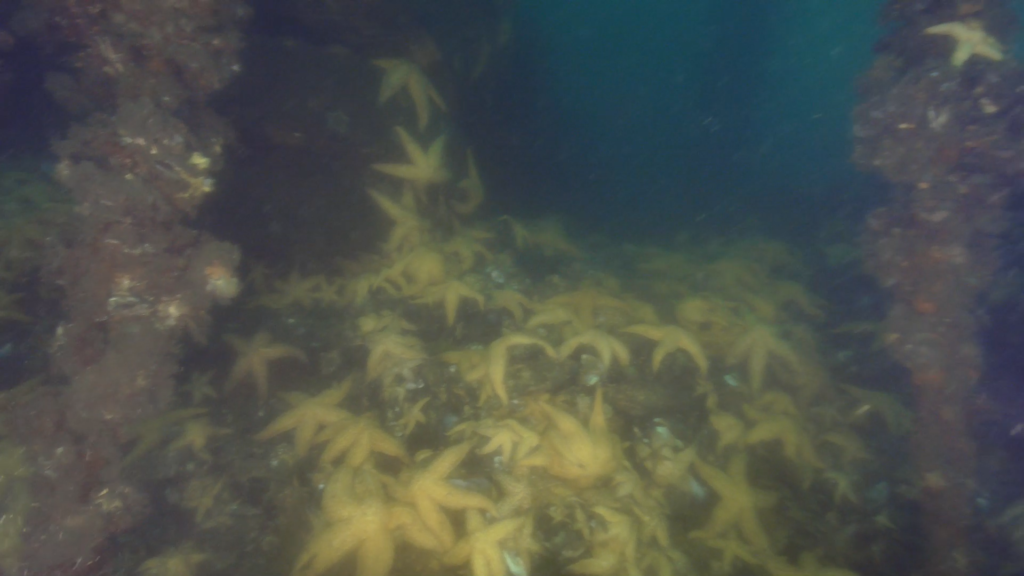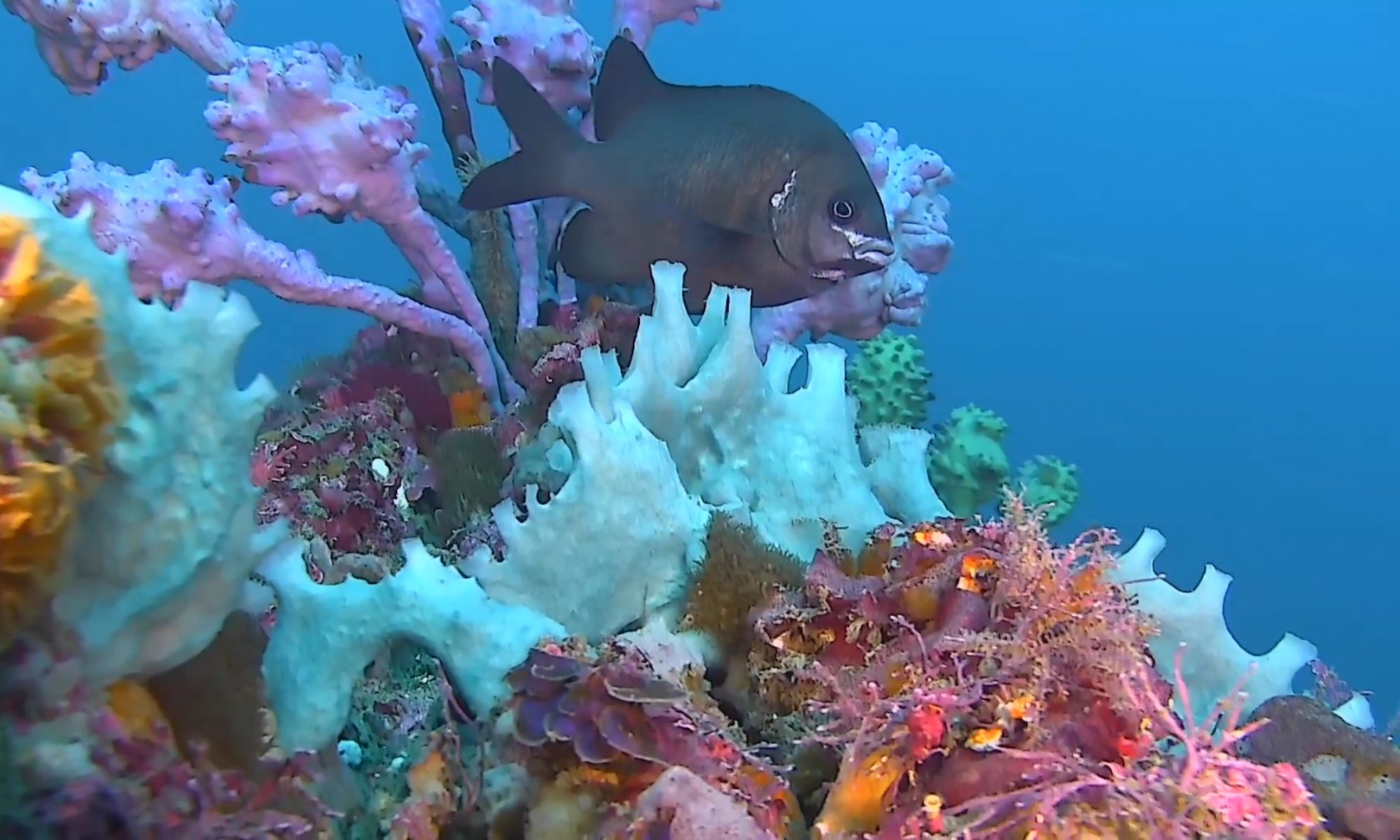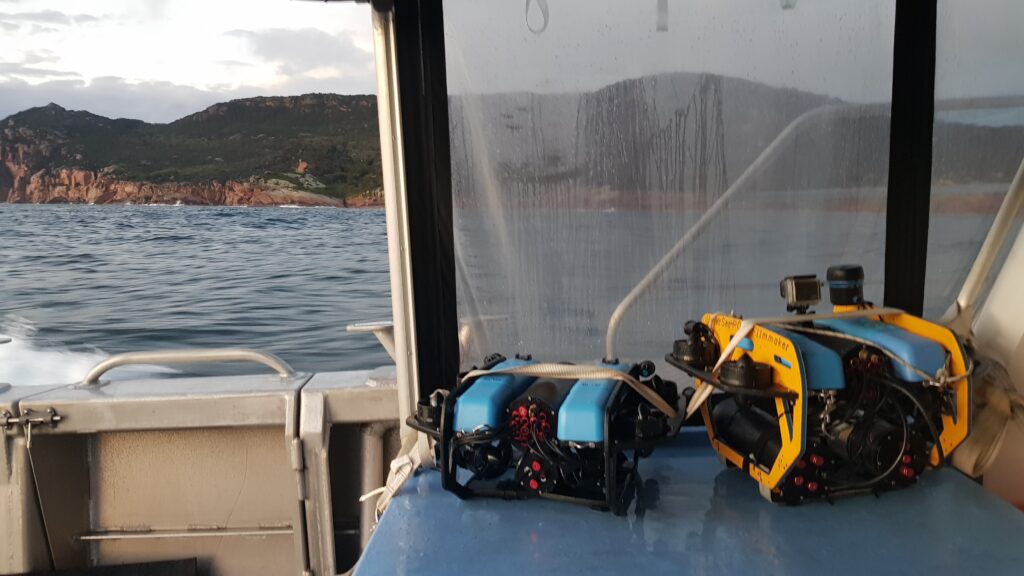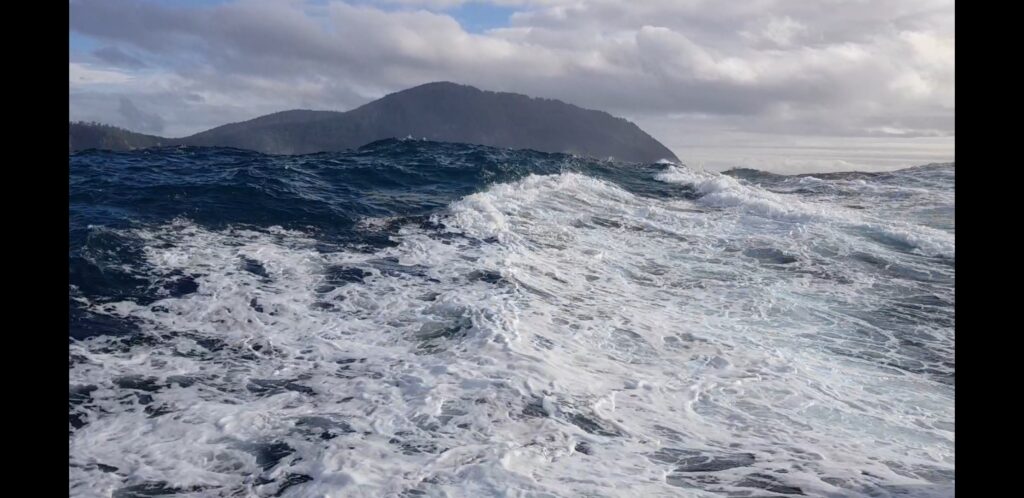It is so hard to appreciate the magnitude of “an infestation” until you can see for yourself. One of our pilots was doing a quick ballast check off Constitution dock in Hobart, Tasmania a few weeks ago and saw this:

The Northern Pacific Seastar (Asterias amurensis), a voracious predator, was first spotted in Tasman waters in 1989 and declared a noxious species of national priority in 2019. This species is threatening native seastar and other marine species and, because of its prolific rate of reproduction, is now impossible to eradicate and difficult to control.
For more information, please go to:



